In Climate Talks, Plans to Keep Planet from Overheating Should Not Ignore Water
Circle of Blue
SEPTEMBER 22, 2021
Wind turbines and solar power, two sturdy and growing sources of renewable energy, require negligible amounts of water. Growing trees to store carbon or harvesting plants to convert into biofuel is a commitment of land, water, and fertilizer, which can pollute rivers and aquifers. It is already 1.1

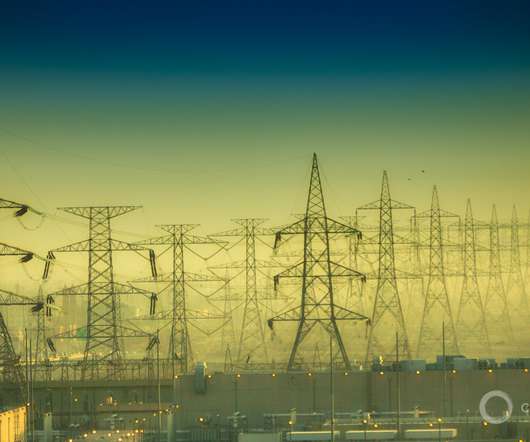
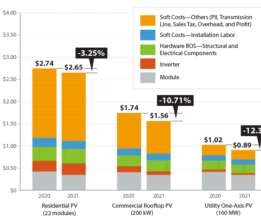
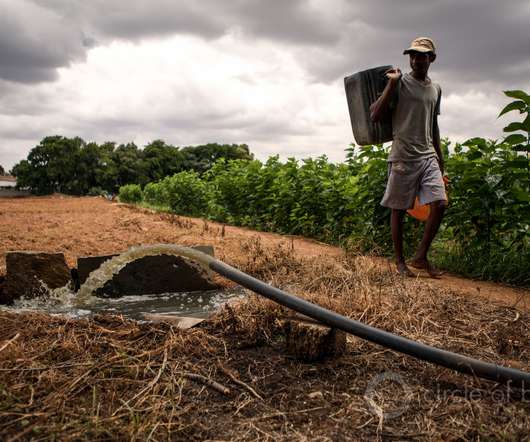
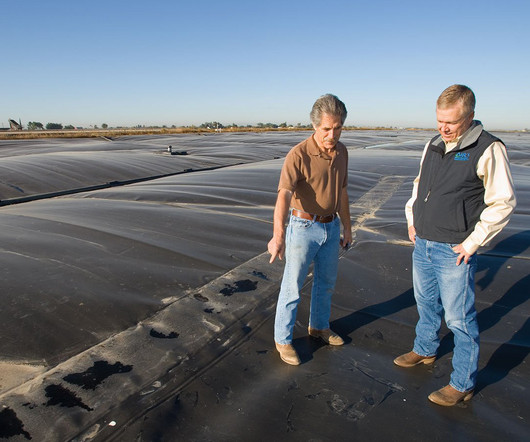
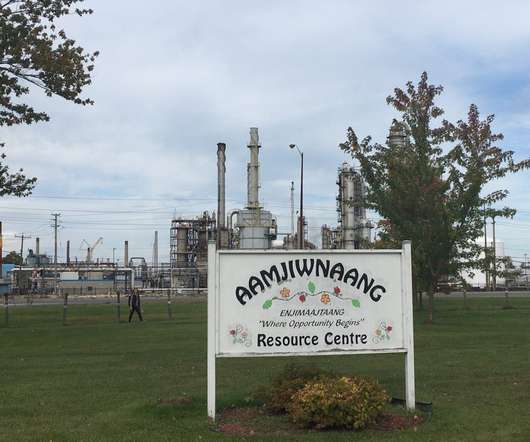
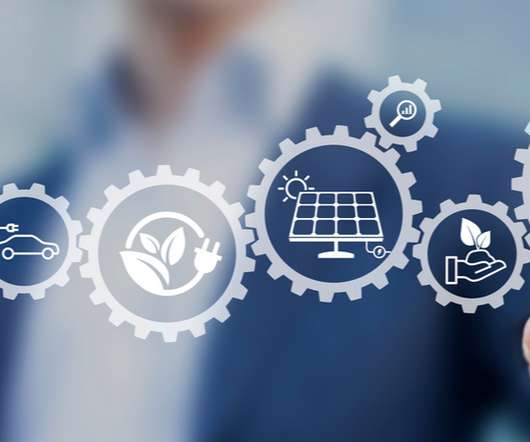






Let's personalize your content